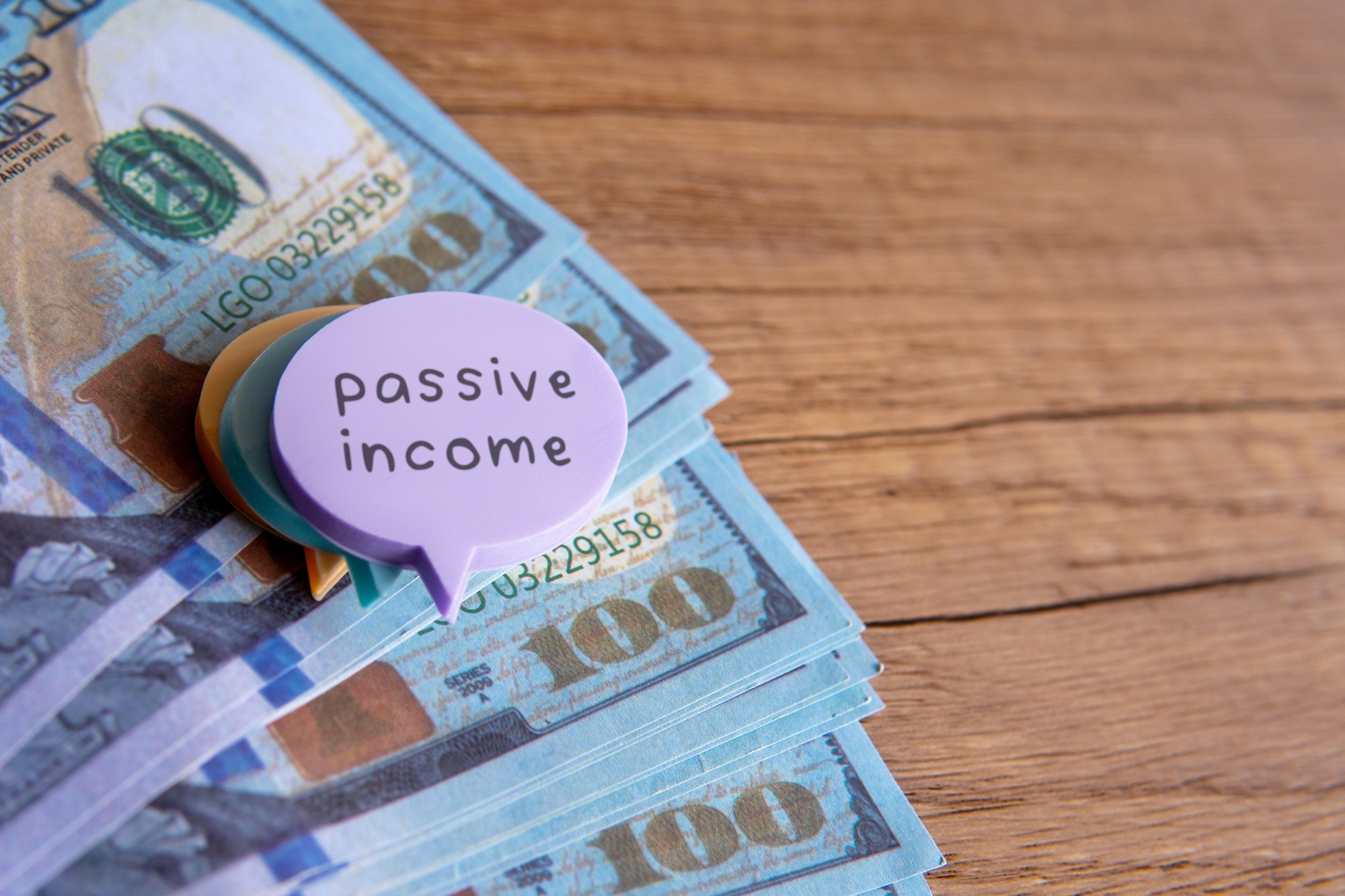Passive income has long been hailed as the golden ticket to financial freedom. The dream is simple: earn money while you sleep. But in 2025, with volatile markets, shifting interest rates, and a rapidly evolving job landscape, many are beginning to ask—is passive income still worth the effort and risk?
The short answer is yes, but the long answer comes with a few caveats. Let’s unpack what passive income really means today, how it’s evolving, and how you can tap into it with a smart, realistic strategy.
Passive income isn’t “set it and forget it” anymore
Back in the day, generating passive income meant putting money into a rental property or dividend stocks, then kicking back as the earnings rolled in. But in today’s economy, most passive income streams require upfront work and ongoing maintenance. The myth of completely effortless income is just that—a myth.
For example, writing an eBook or creating an online course might bring in money over time, but they demand time, research, and ongoing promotion. Dividend investing sounds appealing until you realize the returns are modest unless you invest significant capital. Even real estate, often the poster child of passive income, now comes with tighter regulations, fluctuating home values, and management headaches.
Still, with the right mindset and planning, passive income can absolutely pay off.
What are the most realistic passive income options in 2025?
In the current financial landscape, some methods stand out for being both accessible and profitable. Here are a few:
Dividend-paying ETFs and stocks remain a reliable source. Companies with strong balance sheets and long histories of dividends can still provide consistent returns. Consider reinvesting dividends for compound growth.
Real estate investment trusts (REITs) offer an easier alternative to direct property ownership. They allow you to invest in real estate portfolios and receive dividends, without dealing with tenants or maintenance.
Digital products, such as courses, eBooks, and design templates, are surging again thanks to the creator economy. Platforms like Gumroad, Teachable, and Etsy make distribution easier, but competition is fierce—your content needs to solve a real problem or serve a niche audience.
High-yield savings accounts and CDs have made a comeback, especially with interest rates rising. While not glamorous, they provide low-risk income and are a solid place for emergency funds.
Peer-to-peer lending and crowdfunding platforms offer another avenue, though they come with higher risk. Diversifying your investments across borrowers or projects can help mitigate potential losses.
How inflation and taxes impact your passive income
With inflation lingering above 3% and the tax landscape shifting under each administration, real passive income needs to outpace both inflation and taxes to be meaningful. A 4% return doesn’t go far when inflation is 3.5% and you’re taxed on the earnings.
Be sure to look into tax-efficient strategies. For example, investing through tax-advantaged accounts like Roth IRAs or using tax-loss harvesting in your brokerage account can help keep more of your passive income in your pocket.
Avoid passive income traps
Many people fall for schemes promising high returns with no effort. Whether it’s buying into unproven crypto coins, joining multi-level marketing programs, or chasing the next viral NFT, if it sounds too good to be true, it probably is.
Passive income should be treated like a business: you need a plan, capital (either time or money), and a strategy for growth. The goal isn’t overnight riches—it’s long-term stability and optionality.
Build slow, but build smart
In 2025, the best passive income strategies are those that align with your skills, interests, and risk tolerance. If you’re tech-savvy, digital products or affiliate websites might be your path. If you prefer physical assets, real estate or REITs could be more appropriate. The point is to choose something sustainable that you can iterate over time.
You don’t need to build multiple income streams overnight. Start with one. Learn it. Optimize it. Then move on to the next.
Passive income remains one of the smartest strategies for building long-term wealth and financial resilience. But in today’s environment, it’s not about doing less—it’s about working smarter upfront to create streams of income that actually last. Treat it like a long-term investment in your future, not a quick escape from work.
Done right, passive income can still help you reclaim your time, reduce your stress, and give you more control over your financial destiny.







